Fume Exhaust Hoods
600000 INR/Unit
Product Details:
- Material Stainless steel
- Application Laboratories
- Dimension (L*W*H) 2'x2'x2' Foot (ft)
- Voltage 220 V Volt (v)
- Click to View more
X
Fume Exhaust Hoods Price And Quantity
- 1 Unit
- 600000 INR/Unit
Fume Exhaust Hoods Product Specifications
- 2'x2'x2' Foot (ft)
- Laboratories
- Stainless steel
- 220 V Volt (v)
Fume Exhaust Hoods Trade Information
- Cash in Advance (CID)
- 10 Unit Per Month
- 5-7 Days
- Asia Middle East Africa
- All India
Product Description
Fume Exhaust Hoods are ventilation systems designed to capture and remove hazardous fumes, gases, and particles from the air in laboratories, industrial facilities, and other workplaces.
Types of Fume Exhaust Hoods
1. Conventional Fume Hoods: Most common type, using a combination of airflow and filtration to remove contaminants.
2. Ductless Fume Hoods: Using filters to remove contaminants, these hoods do not require ductwork.
3. Recirculating Fume Hoods: Using a combination of airflow and filtration, these hoods recirculate cleaned air back into the workspace.
4. Walk-In Fume Hoods: Larger hoods that allow personnel to walk in and work inside.
5. Specialty Fume Hoods: Designed for specific applications, such as perchloric acid or radioisotope handling.
Key Features
1. Airflow and Filtration: Provides a safe working environment by removing contaminants from the air.
2. Chemical Resistant Materials: Constructed from materials resistant to chemicals and corrosion.
3. Adjustable Airflow: Allows for adjustment of airflow to accommodate different applications.
4. Safety Features: Includes features such as emergency stop buttons, alarm systems, and fire suppression systems.
5. Energy Efficiency: Designed to minimize energy consumption while maintaining a safe working environment.
Technical Specifications
1. Airflow Rate: 50-1000 CFM (cubic feet per minute)
2. Filter Type: HEPA, activated carbon, or specialty filters
3. Noise Level: 50-70 dBA
4. Power Requirements: 115/230V, 1-3 phase
5. Dimensions: Variable, depending on the type and size of the fume hood
Applications
1. Laboratories: Research, educational, and industrial laboratories.
2. Pharmaceutical and Biotechnology: Handling of hazardous chemicals and biological agents.
3. Chemical and Petrochemical: Handling of corrosive and flammable chemicals.
4. Environmental Monitoring: Analysis of air, water, and soil samples.
5. Academic and Research Institutions: Teaching and research laboratories.
Tell us about your requirement

Price:
Quantity
Select Unit
- 50
- 100
- 200
- 250
- 500
- 1000+
Additional detail
Mobile number
Email

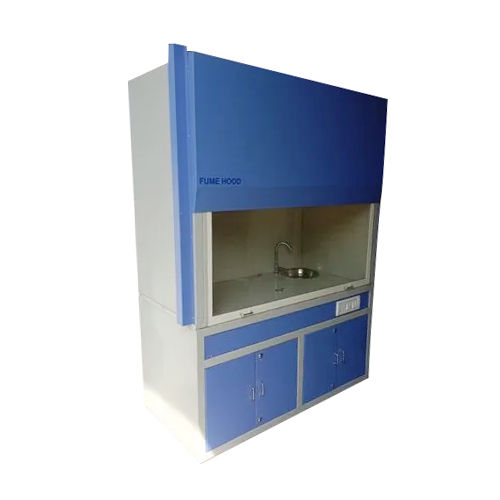

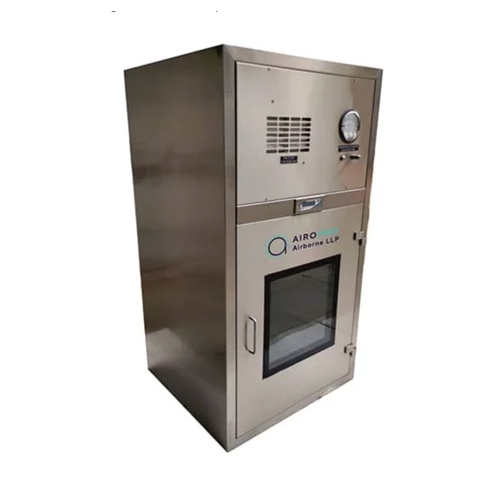
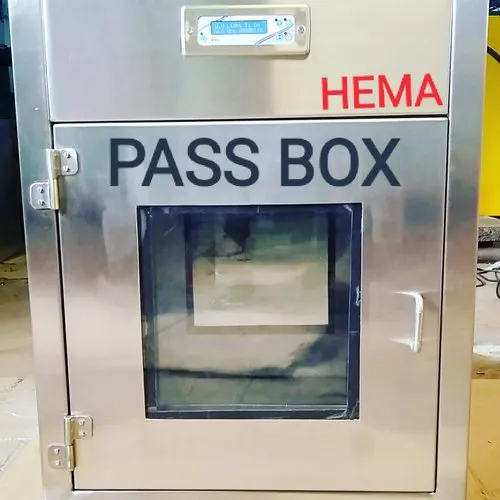
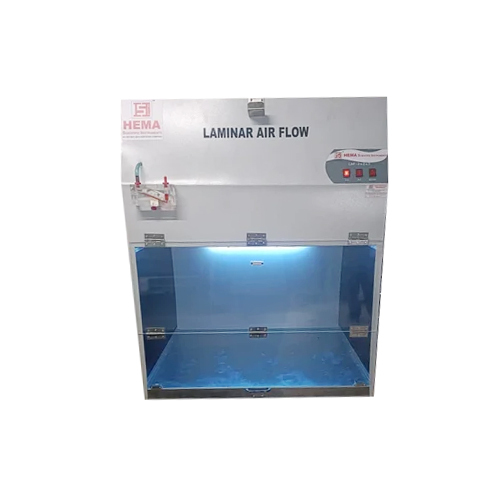
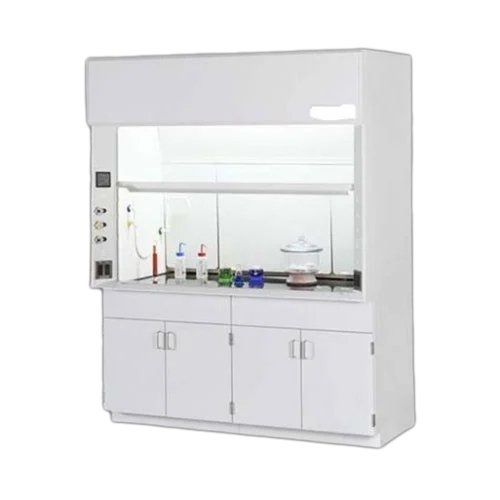


 Send Inquiry
Send Inquiry Send SMS
Send SMS Call Me Free
Call Me Free